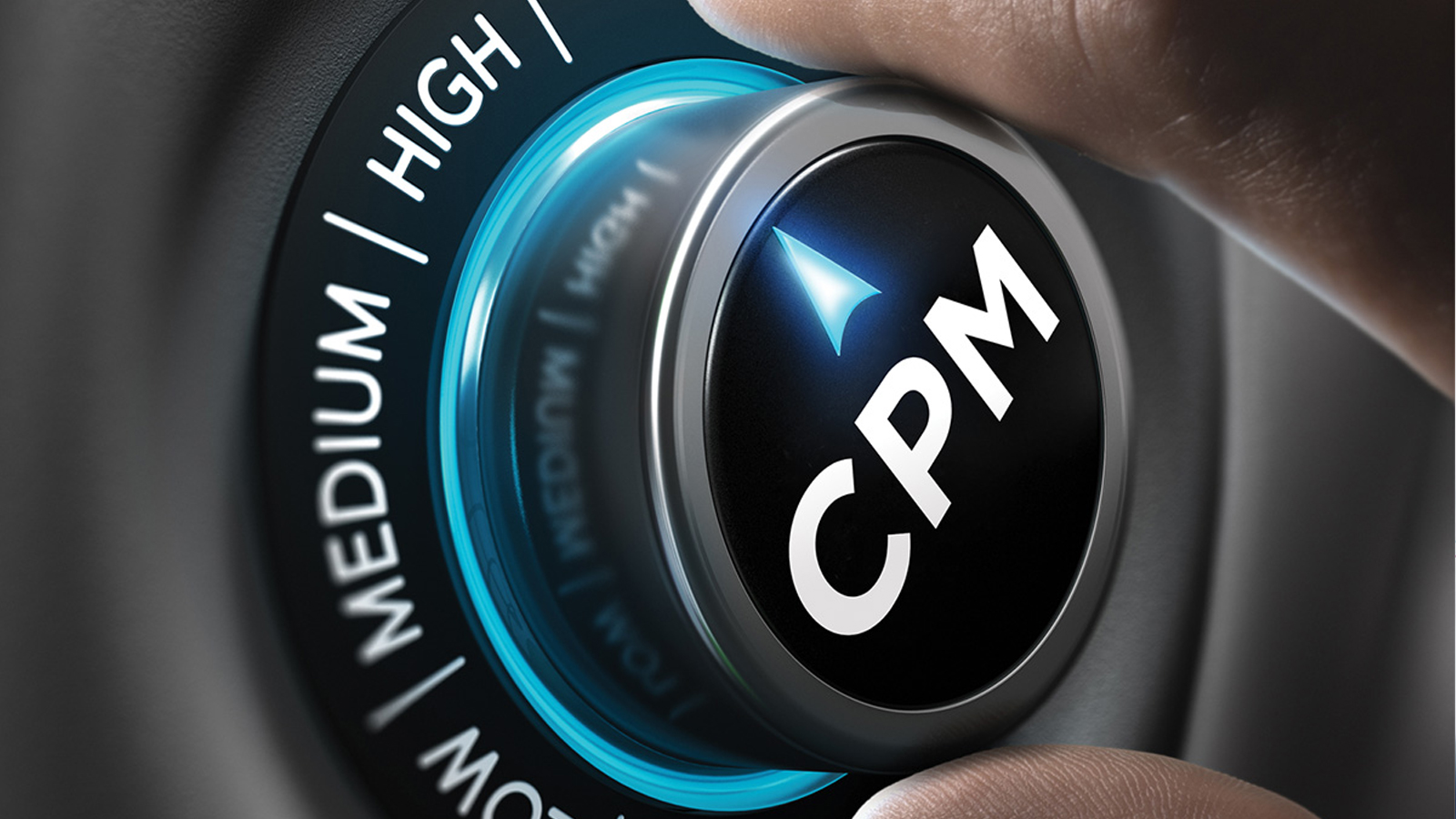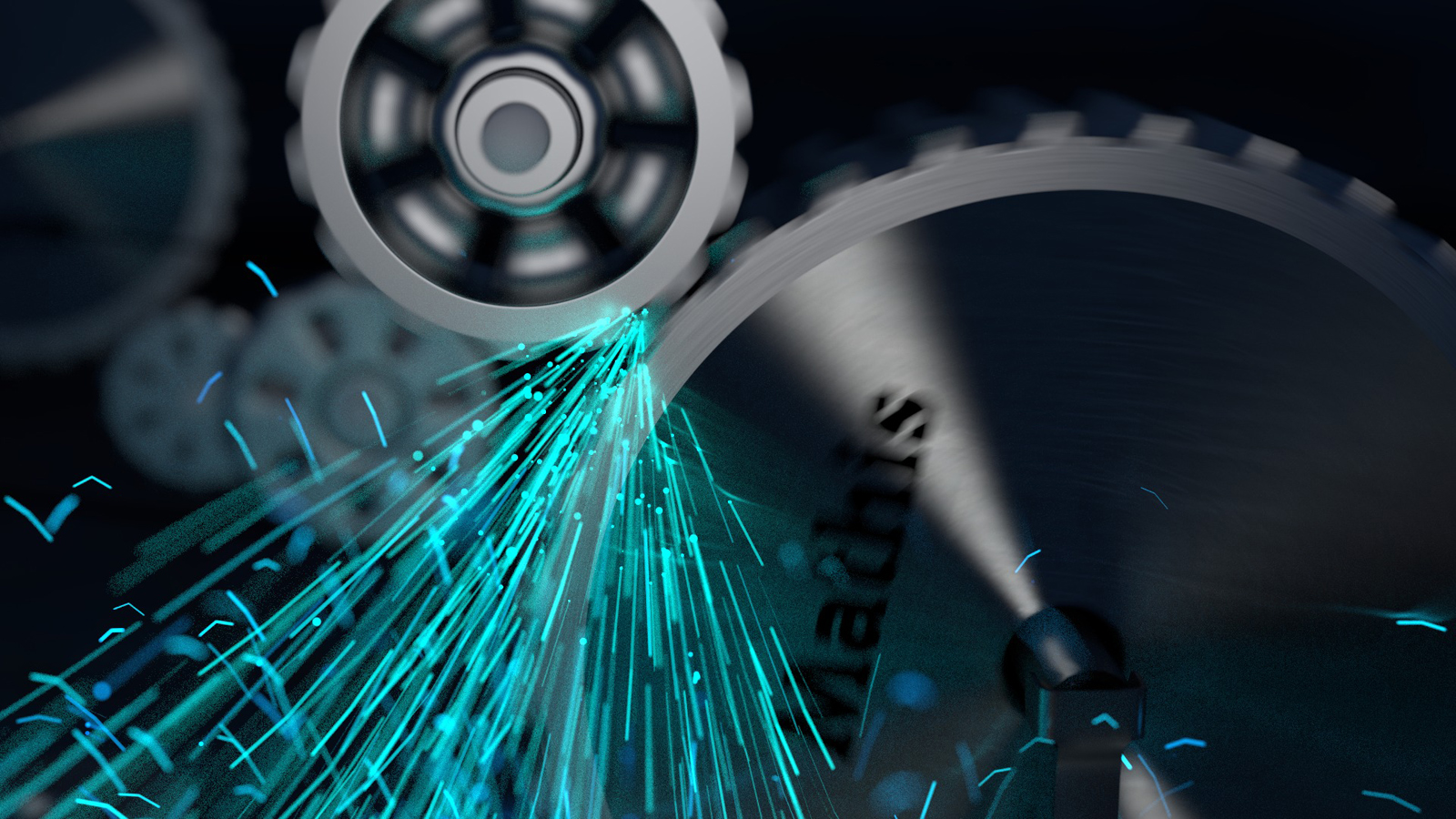Ranking highly on Google is everyone’s objective and site speed is the key for that!
Year by year site speed has become more and more important, to the point that if you don’t have a fast site people go away. In fact, a one-second delay in page load is enough to get a decrease of:
- 16% in satisfaction of the customers
- 7% in conversions
- 11% of pages viewed
With this being said is time to teach you on how to improve your website speed so you can avoid these decreases.
1. Reduce Image Size
The size of your images can play a big role on your site speed. Large images are everything that you need to avoid if you want to improve your website speed. We all know that images are necessary, but if people don’t even enter because it takes too much to load, they are useless.
Another factor that you need to consider is resizing the images. Don’t upload a 2000px image to your website when you just want her to be 500px, resize it first and then upload it. To improve your website speed even more, you can compress your image files with tools like WP Smush.
2. Browser Caching
If site speed is what you are looking for then you need to use a browser cache. Loading your page for the first time is not easy, you need to load the images, page elements and then deal with heavy coding and HTML.
Surely there is a way to avoid all that loading time, and visitors getting away right? Yes, there is!
With browser caching you will be able to increase your site speed with almost no effort. This process works by memorizing the previous loading process of your website, making it faster for a previous user to enter your website the next time he visits it.
To make your job even easier we suggest the W3 total cache plugin for WordPress sites, an amazing tool that can boost your performance up to 10x what it was!
3. Chose a Hosting Option According to Your Needs
Many still think that cheap is better, and hosting platforms are no different. A cheap hosting platform might be better in the beginning but as you start to get more traffic you will eventually need to upgrade.
These are the 3 best hosting options:
Shared Hosting
- Better for small sites
- Shared RAM, CPU and disk space
- Struggles with traffic spikes
VPS hosting
- In between solution
- Own server resources
- Protects your website from everyone else on the server
Dedicated server
- You are responsible for all maintenance
- All space is for you
- All the resources are for you
- Most expensive option
4. Minimize your HTML
Having unnecessary or duplicated data is a no go if you want optimized site speed, that’s why the minification process is so important. This process consists of removing unused codes, forming, fixing code and making the code shorter when possible.
Once again WordPress plugin options come handy, this time with HTML Minify This plugin is very easy to use, you only need to “Enable” all options and the work will be done automatically without you needing to do anything.

5. Use AMP
AMP or Accelerated mobile pages it’s a tool created by Google to help improve site speed. This tool consists of an open-source format that filters unnecessary content, improving your website speed to the point that it loads almost instantly, giving the user the best experience possible.
You can find AMP in articles, especially the “top stories” ones. These articles appear without much formating, loading quicker and being more content-based.
With AMP people are less likely to bounce away from your website all the brands that use it have seen increases in conversions, organic click-rate and site speed.
To implement AMP into your website you can use AMP for WP, all you need to do is install and activate the plugin, then each time you post an article, use the page builder to create an AMP-friendly version of that post.
Conclusion
It’s easy to see how much not having an optimized site speed can negatively affect you. If your site takes more than one second to load, people bounce, if they bounce, you will rank lower on google, and so on.
It’s a snowball that starts by having low site speed. To check your site speed you can use google insights, it will give you a part by part analysis on how your site is doing and based on that you act!











